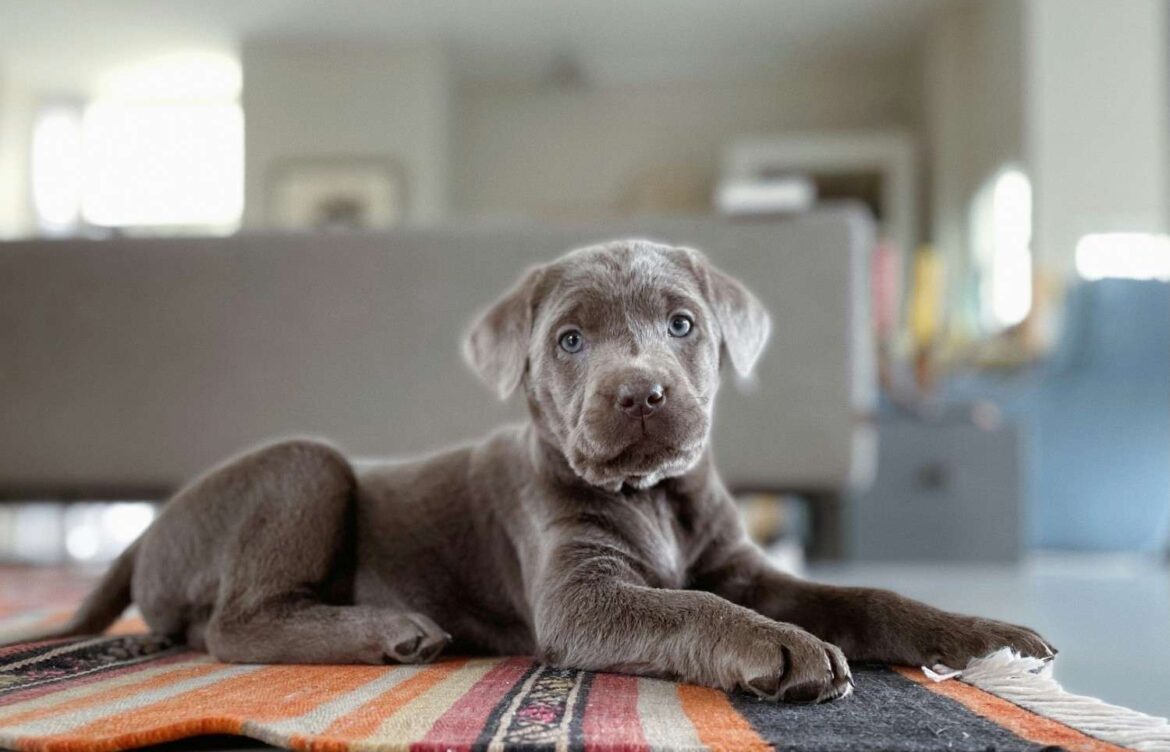
By ConfuseDogs Team
Silver Lab – The Facts About Silver Labrador Retrievers
Article Overview
hide

